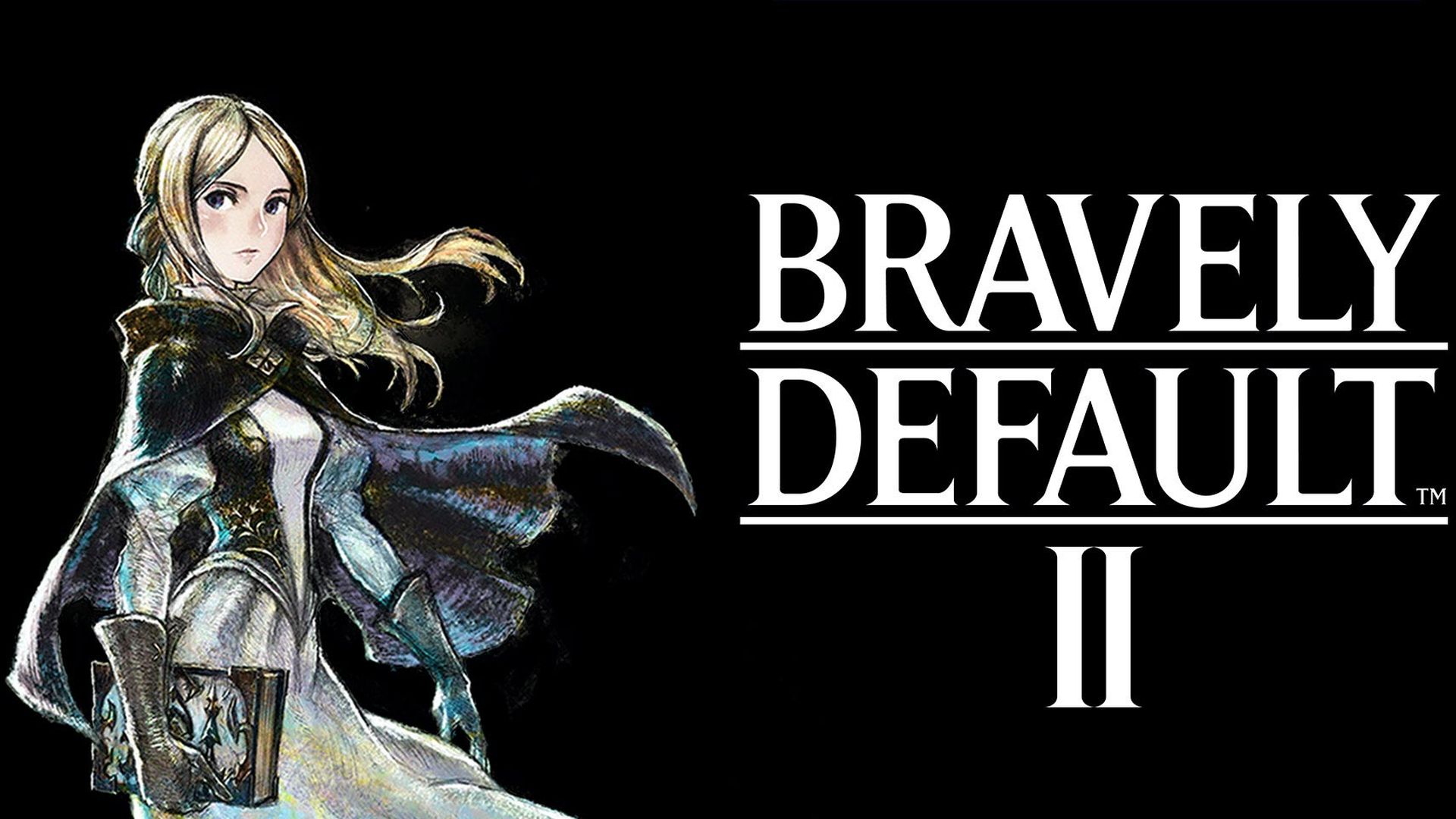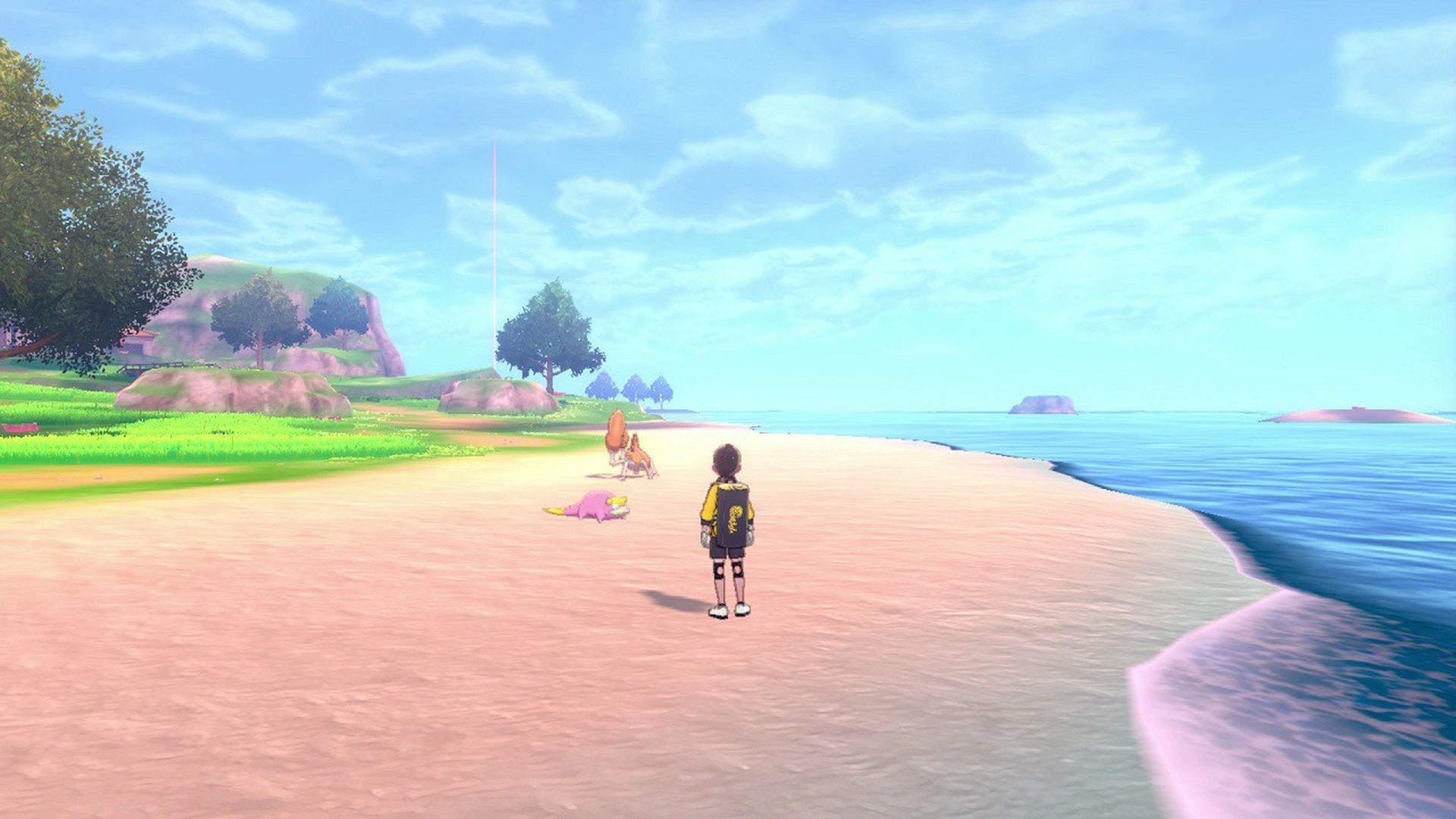

I remember getting pretty excited for Carrion when it was first announced. The Thing is one of the few horror films I’ve always really liked, and Carrion takes a lot of cues from it.
“Reverse horror games” as a whole are a pretty interesting concept that is surprisingly underutilized in the game industry. It was easy to get pumped up by the idea of playing as a giant, incomprehensible mass of tentacles and teeth as you stalk your prey.
Then, Carrion pretty much disappeared from the public eye. We went so long without new info that I actually forgot about it, only for the game to suddenly reappear at last year’s E3 as part of Devolver Digital’s latest lineup of quirky, bizarre, or otherwise unique indie titles. After another year of waiting, Carrion has finally received a full release, and I’m happy to report that its just as fun as the initial concept looked.
Carrion
Developer: Phobia Game Studio
Publisher: Devolver Digital
Platforms: Windows PC (Reviewed), Linux, Mac, Nintendo Switch, Xbox One
Release Date: July 23rd, 2020
Players: 1
Price: $19.99

In Carrion you play as an amorphous blob of tentacles, teeth, and claws with an insatiable appetite for flesh; that has just escaped a high security bio-lab. A secretive and heavily militarized biotech firm not unlike the Umbrella Corporation or Weyland-Yutani found your revolting biomass and thought “Why don’t we collect some samples of that? What could possibly go wrong?”
As it turns out, they collected a lot of samples and shipped them to various labs and outposts all over the place. As the spiteful, unholy abomination that you are, it’s your job to navigate through nearly a dozen labyrinthian, interconnected levels, absorbing biomass and DNA to teach humanity why they shouldn’t poke random alien monstrosities to see if they bite.
The actual story of Carrion is mostly told through the environment instead of explicitly telling you what is going on. There is no spoken dialog in the game, unless you count the horrified screams of lab technicians as you consume their flesh to expand your mass.
There are a few areas where you control humans that expand on the backstory of the creature and how it was found, but for the most part you’ll be piecing it all together yourself by paying attention to your surroundings.

Carrion is structured a bit like a pseudo-Metroidvania. While there isn’t a huge emphasis on exploration and finding lots of hidden secrets, you’ll often find yourself backtracking to old levels once you’ve absorbed more DNA and acquired new abilities. The levels are designed in such a way that they loop back around, and subtly guide you to where you need to go next to advance the story.
That isn’t to say there aren’t optional objectives, however. There are nine extra DNA containers that often require some pretty serious backtracking to get to as you acquire new abilities. These contain small buffs like extra energy, or more tentacles to grab enemies with.
Unfortunately, Carrion doesn’t have a map, so going back to grab these optional containers can be fairly tedious, especially if you have a bad memory or are otherwise awful at navigation. Instead, all you can do is use echolocation to get a vague idea of where the nearest save points and travel nodes are.

The lack of a map is only really an issue when backtracking to find the optional containers though, because the game’s levels are designed in such a way that you can generally figure out the way forward, just not necessarily the way back.
The primary containers you’ll be smashing give you more significant upgrades, like new abilities and expanded biomass. Your creature has three “forms” that can roughly be described as small, medium, and large. You start with five health pips, with the medium and large forms each adding an additional five more.
Each form has a unique attack and ability. Your attack can be performed simply by holding the E key, while your ability requires energy to use. You can replenish your energy by absorbing electricity from strategically-placed fuse boxes.

In your small form, you’ll be able to shoot out a net of sinew to pin enemies, and use camouflage to blend in with your surroundings to sneak past enemies and some security measures. The medium form has a powerful lunge attack, and can grow hundreds of bony spines to temporarily turn yourself into a living wrecking ball.
Finally, the large form can shoot dozens of barbed tentacles that impale and pull objects and enemies towards you, as well as grow a thick layer of chitinous plating that can absorb a single explosive hit.
Regardless of your current form, you also have the ability to grab enemies and objects with tentacles as your basic attack. Later on, you gain the ability to stab enemies in the back with a mind control tentacle, allowing you to use them like a meat puppet to cause distractions or solve puzzles.

One of the main concerns I had from the game’s Halloween demo last year was that the movement felt a little clunky. You are playing as a jiggling blob of biomass propelled forward by writhing tentacles, and in many ways you control pretty much like what you’d expect from a sticky ball of gore and organs.
Luckily, the controls feel much smoother in the full game. That said, your expanding biomass becomes more unwieldy as you grow, with your large form in particular being a bit too fat to quickly squeeze through some gaps and tunnels.
Because of this you’ll occasionally have to struggle a bit with the controls to get your creature to go where you want it to. It certainly isn’t a game breaking issue, but it can cause some annoyances at times.

Each form’s skills and attacks have specific uses in both combat and navigation. By tying your abilities to each form, the game creates situations where you’ll need to figure out which form to use to get past the game’s many environmental puzzles.
There are pools of water where you can deposit biomass, allowing you to devolve into smaller forms to solve puzzles, and then come back later to reabsorb it as needed.
Some examples of these puzzles include shooting your small form’s net through a gap to hit a lever, smashing through barricades with the medium form’s lunge attack, or covering yourself in the large form’s armor plating to get past a landmine.

Despite your arsenal of biological weapons, Carrion leans a bit more towards the stealth side of things when it comes to combat. While you can easily take out a few security guards with handguns, some of the more heavily armed enemies can quickly reduce you to a red paste if you aren’t careful.
Some of these harder enemies include androids with taser shields that always carry assault rifles or flamethrowers, and big stompy mechs with miniguns. As it turns out, fire and just sheer bullet volume are both good ways to deal with a formless mass of organic material rampaging through laboratories.
If you haven’t figured out yet from the screenshots, Carrion is an absolute gory mess. Human enemies get torn in half, and nearly every combat encounter ends in a bloodbath as viscera coats the walls and floors to mark your passing.

Sneaking through ventilation shafts to stalk your prey and attack from different angles is exhilarating, and the larger battles give you plenty of opportunities to play with your arsenal of tentacles, teeth, and spikes. The way your tentacles control is also satisfying, allowing you to easily grab a combat drone midair, and send it flying into a wall across the room with a flick of your mouse.
Mind controlling enemies can also lead to some awesome encounters. Perhaps the most fun of these is when you get a chance to use your human puppet to highjack a mech, allowing you to spew never-ending streams of lead at enemy security teams.
The game has some pretty impressive and hilarious physics, which is perhaps best exemplified in battles against mechs. These are the toughest and most interesting enemy in the game because you have to gradually tear off their armor plating until you expose the pilot, allowing you to rip them kicking and screaming from the cockpit with your tentacles.

The harpoon-like barbed tentacles of the large form are also all the more satisfying because of the game’s physics engine. This attack sends out a barrage of tentacles, impaling anything in their path, before creating a shower of body parts that go flying across the screen.
Unfortunately, the physics and targeting aren’t without their jank. If the body parts after a big engagement happen to pile up near an object you need to interact with, it can be a little difficult to get your tentacles to target what you want them to, as they have a tendency to stick to anything they come in contact with.
The game’s soundtrack, and audio as a whole, are also really good. Not only does your creature control like a slippery mass of tentacles and consumed body parts, but it sounds like it too.
The miniguns on the mechs sound especially powerful, and make you feel like you are shooting the rotary cannon on an A-10. The music seamlessly switches between ominous, ambient sounds; to blood-pumping battle tracks at just the right moments.

Sadly, Carrion‘s gore-soaked power fantasy is over a little too fast. I beat the game in around four and a half hours, finding five of the nine optional DNA containers, and acquiring all but two of the achievements. The only replay value comes from simply enjoying another rampage through the game’s maze of remote outposts and biolabs.
The game also isn’t particularly challenging, either. While you can die pretty fast if you aren’t careful, that didn’t happen all too often in my playthrough. Save areas are fairly frequent, so you won’t lose much progress if you die, either.
The environmental puzzles are also pretty straightforward and easy to figure out. I only got momentarily stumped a few times, and that was only because I failed to notice something important I needed to interact with at first glance.
I understand that a game like Carrion is probably a difficult balancing act in that regard. While the game has lots of fun abilities, it isn’t an extremely mechanically deep title. If the game was too much longer, I can certainly see it becoming stale after a while. As fun as the game’s gore engine is, you can probably only tear screaming scientists to pieces so many times before it loses its charm.

Likewise, it’s a fine line between making a creature-based action game where you have access to so many insane abilities, while not making the creature feel too over or underpowered.
In terms of your overall combat effectiveness, I think Carrion gets it mostly right. Much like in The Thing, the monster can make quick work of individuals and small groups if you get the drop on them. Prolonged engagements require more planning and careful use of abilities, to avoid being overwhelmed by flamethrowers or high power automatic weapons.
Still, I think the game could have been a tad more challenging at times. In terms of game length, it sits in that awkward area where it doesn’t overstay its welcome, but I wish it was maybe and hour or two longer.

While the game is over a tad too soon, Carrion is an extremely enjoyable experience while it lasts. It is unbelievably fun to stalk around heavily guarded biolabs; grabbing unsuspecting guards and scientists with your tentacles before pulling them to your horrific mass of teeth and claws to be consumed.
The game gives you a steady stream of fun new upgrades as you consume more biomass, wreak havoc, and sow terror. The physics, sound effects, and sheer amount of gore ensures that each combat encounter is fun to play through, and you have plenty of cool abilities to experiment with.
Aside from some occasionally clunky control and targeting moments and the lack of a map, my biggest issue is the game’s overall length. While Carrion is an undeniably fun game, $20 might be a bit steep for a roughly five hour experience for some people.
If you would like to spend five hours ripping and tearing your way through scientists and security guards as a bloodthirsty tentacle monster though, then you’ll probably have a lot of fun with Carrion.
Carrion was reviewed on Windows PC using a review copy provided by Devolver Digital. You can find additional information about Niche Gamer’s review/ethics policy here.


